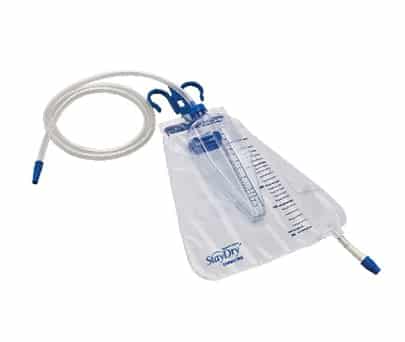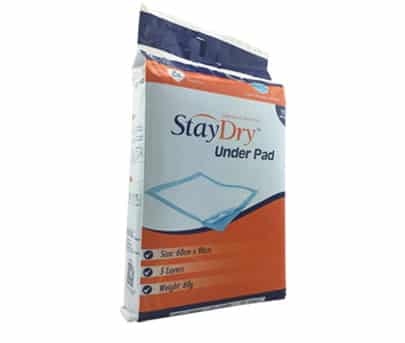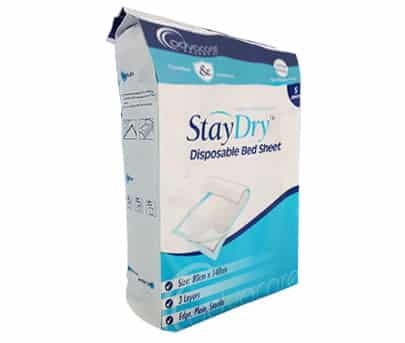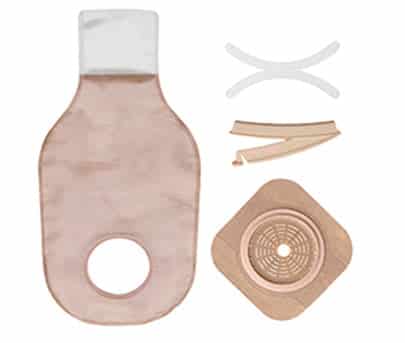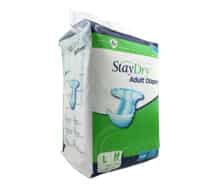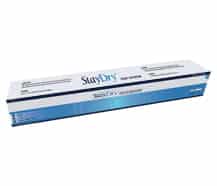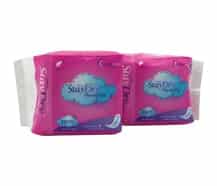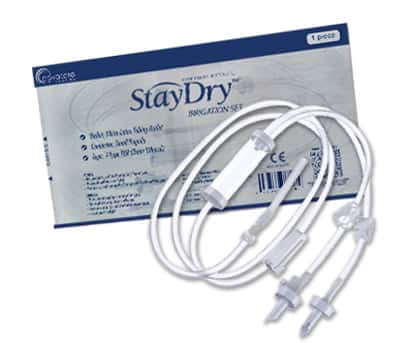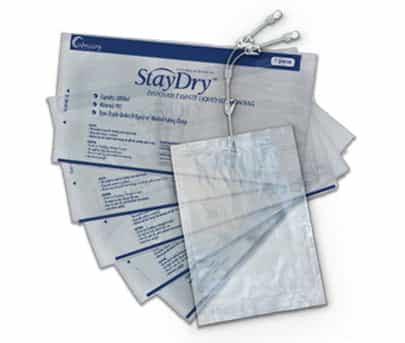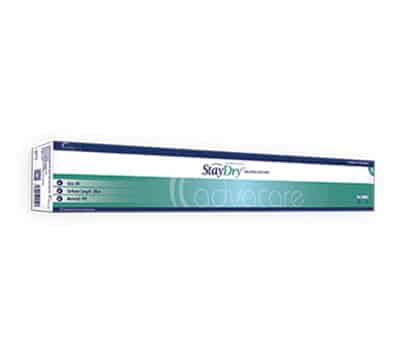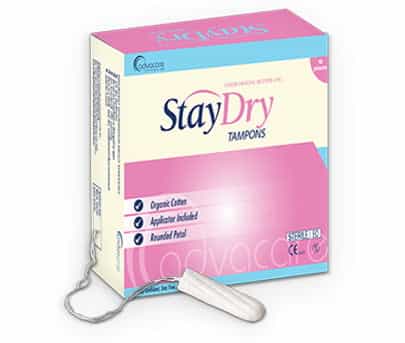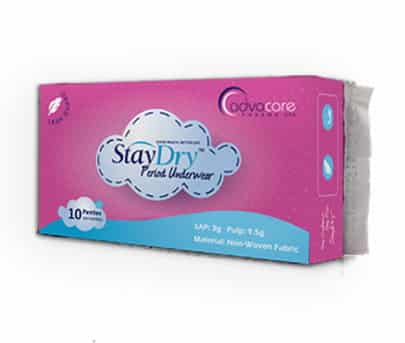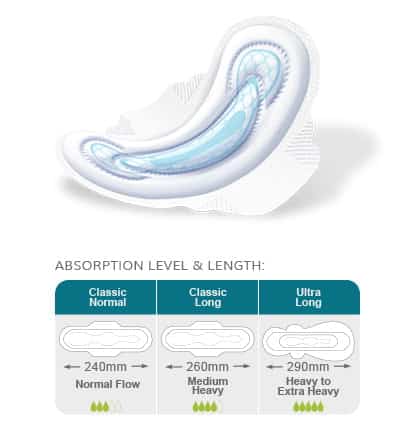
EconoDry (Cotton) Series
|
UltraThin Series
|
UltraDry Series
|
UltraDry Series with LeakGuard
|
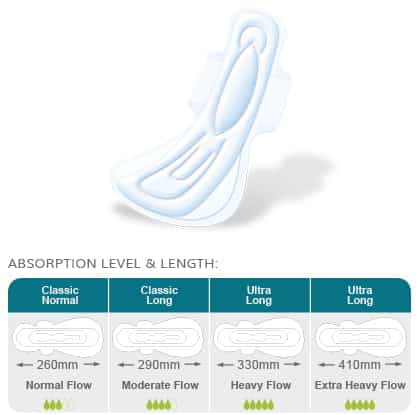
EconoDry (Cotton) Series
|
UltraThin Series
|
UltraDry Series
|
UltraDry Series with LeakGuard
|
EconoDry (Cotton) Series
|
UltraDry series
|
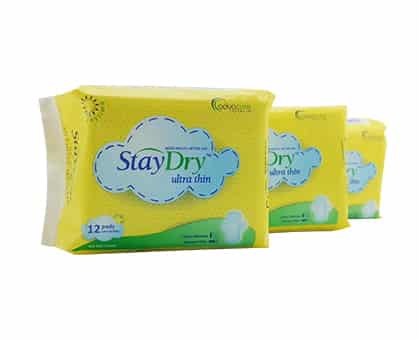
Superior Absorbency SystemHigly Absorbable Surfaces.
|
Antibacterial & DeodorizationAntibacterial SAP (Super Absorbent Polymer) helps protect skin against rash and irritation while also neutralizing odor.
|
Comfort Design for Active LadiesUltrathin, Ultradry and Ultradry with Leak Guard series available.
|
Extra Leakage ProtectionDual Side Leak Guards Available.
|
Comprehensive Range for Every ApplicationDaytime, Nighttime, Pantyliner.
|
Quality MaterialHigh Quality Fluff Pulp & SAP.
|
|
 |
CE is an abbreviation for Conformite Europeenne (European Conformity) and the mark indicates that all the requirements for the specific product meet the European standards and that it has been tested and allowed to enter the European market. Learn more: http://ec.europa.eu/growth/single-market/ce-marking/ |
 |
ISO (International Organization for Standardization) 13485:2003 standard represents the quality management system for design and manufacturing of medical devices; it was published in 2003. This international certification requires the manufacturer the quality system of the facilities. Learn more: http://www.iso.org/iso/catalogue_detail?csnumber=36786 |
 |
FDA (the Food and Drug Administration) is an agency of the United States responsible to protect and regulate public health products, such as medical products, tobacco, food, veterinary medicines. Learn more: http://www.fda.gov/ |
About Our Sanitary Pads
Why StayDry?
Consumer Tips
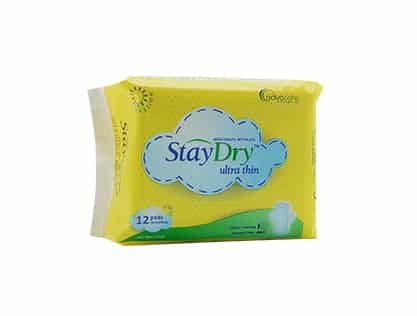
StayDry Sanitary Napkins (or also known as sanitary pads, towels, or menstrual pads) are super absorbent and breathable disposable pads, that are mostly used to absorb menstrual flow. However, our sanitary pads are not only limited to use during a woman’s menstrual cycle. They can also be used to recover from vaginal surgery, for post-birth bleeding, or for any other vaginal blood loss situation.
StayDry™ Sanitary pads made of soft, highly absorbent and breathable materials, StayDry Sanitary pads are available in a variety of series and sizes to meet the needs of every female. Women around the world, across 4 continents, have come to trust StayDry 72% of the time over comparable brands. We realize that reliability is key when gaining the confidence of consumers, so why then does our market share continue to expand in every market entered?
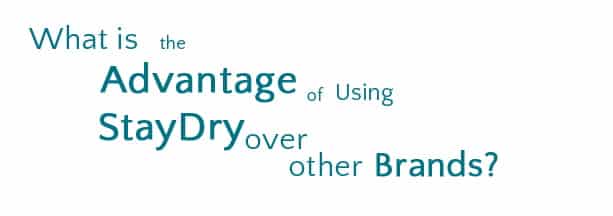
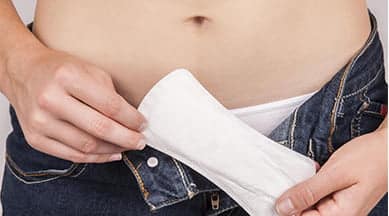
Why use a Disposable sanitary pad over other means of menstrual control?
StayDry strives to sell affordable products to those who need our products the most. Usually major brands such as Always, Kotex, and Whisper (not sure it is a good idea to mention other brand names) are found in retail stores. Generic, non-branded pads are often provided to hospitals as these are much less expensive, but also might not provide the same effectiveness as a higher quality branded pad. But StayDry can be found in both sectors. But what does this mean exactly?
The retail sector, such as supermarkets, wholesale markets, and other retail outlets, focuses more on quality products targeted at the end consumer. However, hospitals are more concerned with cost effectiveness as such products must be purchased in bulk and are often disposed of more frequently. Being present in both sectors proves that StayDry Sanitary pads and Panty Liners are accepted to be both of high quality and cost effective.
We hope that our StayDry sanitary pads are instrumental in the effort to help females in developing countries have access to inexpensive, hygienic, and high quality sanitary pads.
Don’t let a heavy flow hold you back! Stay confident, Stay Free… StayDry.
Why use a Disposable sanitary pads over other means of menstrual control?
Sanitary Pads (compared to tampons) are a safer option for blood absorption, because blood is not staying in the vaginal canal. When blood remains in the vaginal canal, there is an increased risk for developing Toxic Shock Syndrome (TSS)
According to WebMD, Toxic Shock Syndrome is a “rare multisystem disease” that is caused by a toxin and secreted by the bacterium Staphylococcus aureus. The symptoms associated with TSS are sudden high fever, nausea, vomiting, diarrhea, abnormally low blood pressure, and a skin rash that resembles bad sunburn. Most cases of Toxic Shock Syndrome occur “in menstruating females in association with the use of tampons.” In addition, TSS can occur due to childbirth, abortions, other vaginal devices (besides tampons), surgery infections, and open sores on the skin. TSS cases are more common in developed countries in which tampon use is more prominent, however as the need for appropriate feminine hygiene products increases in developing countries, the rate of TSS cases have the potential to increase.
Sanitary pads are also ideal for young girls that are just starting their periods, because they are a less intimidating option than tampons or menstrual cups. Once the young girl is familiar with her flow, then she can venture into using tampons or menstrual cups.
Panty liners can either be used alone for every day protection, or they can be accompanied with tampons during a woman’s menstrual cycle.
Disposable sanitary pads are more ideal for places that either do not have clean sources of water or running water in general. In addition, they are more absorbent and less bulky than many non-disposable options. For a hospital setting, our disposable sanitary pads are ideal for storing in mass quantities and for quick changes on patients especially after giving birth or recovering from vaginal surgery.
Our disposable sanitary pads can also be for personal use, and are convenient for carrying around when one has her menstrual cycle/period.
How to Change a Sanitary Pad?
In order to use our disposable sanitary pads properly, please read the fitting and changing instructions:
HOW TO CHANGE A SANITARY NAPKIN
- 1 Remove the stained sanitary napkin by slowly pulling it towards you. Then wrap it up with toilet tissue or with the wrapper of the clean one and dispose of it in the trashcan.
- 2 Open the clean sanitary napkin’s wrapper by gently pulling apart the flaps located in the center of the wrapper and unfolding the pad.
- 3 Gently, tear off the strip of paper located on the back. If you tear too fast, you might leave some of the paper behind. When this happens, the pad loses its adhesiveness.
- 4 Place it in the middle of the panty, and firmly press down. Make sure the longer end is towards the back while the shorter end is toward the front.
- 5 Gently remove the strips of paper on the wings and fold them to the sides of the panty.
HOW TO CHANGE A PANTY LINER
- 1 Remove the old panty liner by slowly pulling it towards you. Then, wrap it up with toilet paper or with the strip of paper located on the back of the new panty liner.
- 2 Gently, tear off the strip of paper located on the back of the panty liner. If you tear too fast, then it may lose adhesiveness.
- 3 Place the panty liner in the middle of the panty and firmly press down. Make sure the longer end is towards the back, while the shorter end is towards the front.
FAQs
What benefits will I get from StayDry sanitary pads?
Why do sanitary pads play an important role in female’s physical well-being?
How many hours can we use StayDry pads?
What are the differences with the ultra-thin, cotton, and ultra-dry pads?
- The ultra-thin sanitary pads have a top sheet that is a film.
- The cotton sanitary pads have no top sheet.
- The ultra-dry sanitary pads have a top sheet that is mesh.

















